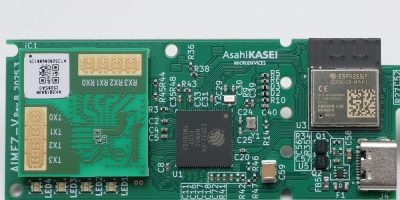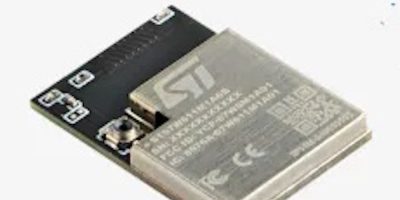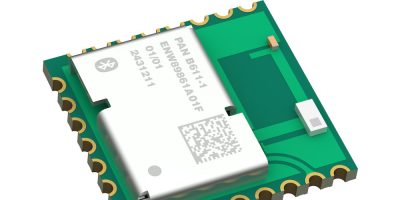Asahi Kasei Microdevices has announced the commercial availability of its AK581xAIM Antenna-in-Module (AiM) millimetre wave (mmWave) radar modules for the high-precision sensing of human presence, breathing, position, and posture, as well as fall- detection, all without the use of cameras. These complete sensing solutions will enable product developers to accelerate proof-of-concept (PoC) development and integrate advanced sensing features quickly, without the need for antenna or radar design expertise.
As a growing number of adults over 50 plan to age in place—as many as 75% in the United States, according to a 2024 AARP survey—the demand for privacy‐conscious monitoring in consumer electronics, smart homes, and IoT healthcare applications is increasing. Asahi Kasei Microdevices’ AiM radar modules address this need by combining compact radar modules with ready‐to‐use evaluation kits, and provide customers a streamlined path from concept to deployment.
AKM’s new AiM modules (AK5816AIM / AK5818AIM) integrate their AK581x mmWave radar IC and a 4-in/4-out antenna array into a single compact package (23 mm × 23 mm). The antenna integration eliminates the need for custom RF design, reducing engineering effort and shortening time‐to‐market. Multi‐channel measurement and high angular resolution enable precise 3D sensing to accurately detect human location, motion, posture, and falls, while distinguishing between people, pets, and objects.
The AK581xAIM mmWave radar modules provide an unobtrusive, privacy-preserving solution for a broad range of applications such as vital signs sensing, posture estimation, and fall detection, which are especially relevant among older individuals. The lack of cameras makes it possible to offer these features even in bedrooms or restrooms, where safety monitoring is often limited by the need for privacy, and thus allow for faster response time and reduced caregiver burden. Additionally, these modules may help to increase energy efficiency when used for occupancy-aware control of HVAC systems, lighting, and more.
To simplify evaluation and accelerate development, AKM offers two development kits. The “AIMEZ V” is optimised for rapid proof-of-concept and implementation testing and features USB, Ethernet, Wi Fi, and Bluetooth Low Energy connectivity. The “LUMI” is designed for advanced algorithm development and is equipped with a high-performance System-on-Chip (SoC) for large-scale data processing and machine learning applications.
Both kits include a baseline software environment for quick setup and support for integrating proprietary algorithms, enabling a smooth transition from evaluation to product development.







